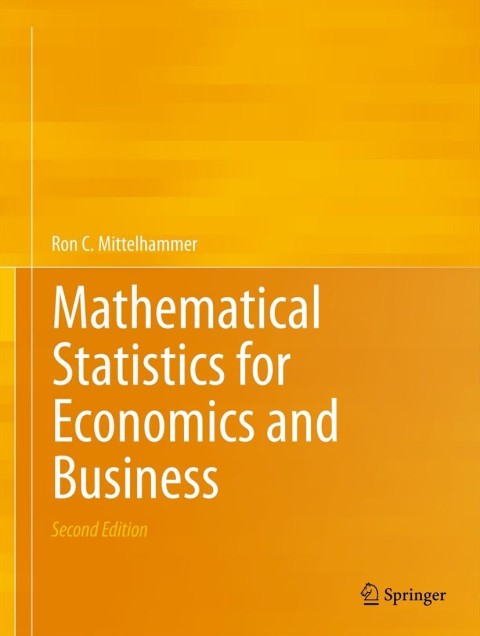The production function for the number of toy robots that your company manufactures in a week, expressed
Question:
The production function for the number of toy robots that your company manufactures in a week, expressed in 100 's of robots, is represented as follows:
\(Q=\mathbf{a}^{\prime} \mathbf{x}-\mathbf{x}^{\prime} \mathbf{B} \mathbf{x}+\varepsilon\), where \(x=\left[\begin{array}{l}l \\ k\end{array}ight]\) is a \(2 \times 1\) vector of labor, \(l\), and capital, \(k\), applied, \(\varepsilon \sim N(0,25)\), with
\(\mathbf{a}=\left[\begin{array}{c}10 \\ 5\end{array}ight]\) and \(\mathbf{B}=\left[\begin{array}{cc}2 & -1 \\ -1 & 1\end{array}ight]\)
(a) Define the expected quantity produced as a function of labor and capital.
(b) If labor and capital are each applied at the level of 10 units each, what is the probability that the quantity produced will exceed 25,000 toy robots?
(c) Define the levels of labor and capital that will maximize the expected quantity produced. What is the maximum expected quantity produced?
(d) If labor and capital are each applied at the level that maximizes expected quantity produced, what is the probability that the quantity produced will exceed 25,000 toy robots?
(e) What is the probability distribution of \(Q\) ? What is the probability distribution of \(Q\) if the expected quantity produced is maximized?
(f) If all of the robots produced are sold, and they sell for \(\$ 10\) each, and if the prices of labor and capital per unit are \(\$ 15\) and \(\$ 10\) respectively, derive the expected value, variance, and probability distribution of the maximum weekly profit that can be made from the production and sale of toy robots.
(g) There are at least two reasons why the normal distribution can only be viewed as an approximation to the probability distribution of \(\varepsilon\). What are they? Explain.
Step by Step Answer:

Mathematical Statistics For Economics And Business
ISBN: 9781461450221
2nd Edition
Authors: Ron C.Mittelhammer





